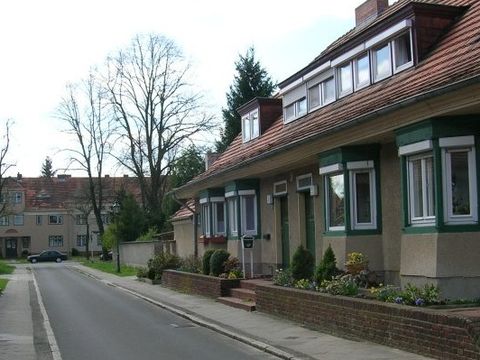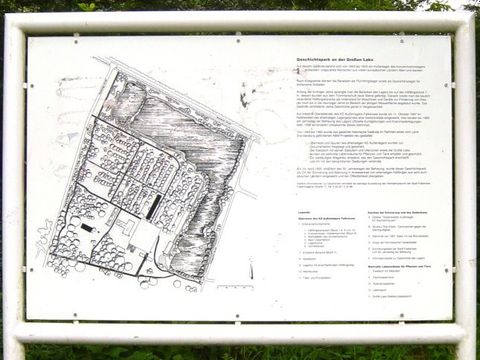A number of info markers along this path are dedicated to different victims of the Wall: Klaus Schulze and Helmut Kliem, Martin-Luther-Strasse (Falkenhöh); Adolf Philipp, between Eiskeller and Falkenhöh; Ulrich Steinbauer, Eiskeller; and Dietmar Schwietzer, Schönwalder Allee. There is also a memorial to “Den Opfern 1961–1989” (The victims from 1961 to 1989) on the corner of Berliner Allee and Schönwalder Allee. From Eiskeller you continue west, passing the memorial cross for Adolf Philipp at Oberjägerweg. On 15 May 1964, he left West Berlin and entered the border strip, where he was shot by GDR border guards. What he had in mind is still unknown.
Continuing west on the trail will bring you to the Havel River and to the weekend communities Fichtewiese and Erlengrund. They, too, were West Berlin exclaves on the territory of the GDR. Owners needed to cross through the border installations to reach their property, using an intercom at the gate near the recreational area Bürgerablage to announce their arrival to the GDR border guards. It was not until 1 July 1988 that an exchange of territory with the GDR restored free access to these weekend properties.







